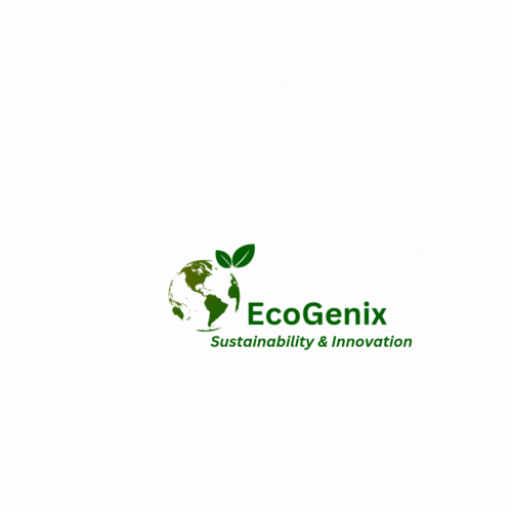Introduction:
Sustainable Development Goal 7 (SDG 7) focuses on ensuring access to affordable, reliable, sustainable, and modern energy for all. It is crucial to address the challenge of affordable and clean energy as it plays a significant role in the overall development of societies, impacting climate change, food security, and other related SDGs. This article aims to explore various scenarios and provide constructive examples and models to achieve affordable and clean energy, highlighting the interconnectedness between energy and other sustainable development goals.
The Interconnection: Energy, Climate Change, and Food Security:
Energy production and consumption have direct and indirect implications for climate change. Traditional energy sources, such as fossil fuels, contribute to greenhouse gas emissions, leading to global warming and climate-related risks. The consequences of climate change, such as extreme weather events and rising sea levels, have severe implications for agriculture, water resources, and food security. Thus, transitioning to affordable and clean energy sources is not only critical for mitigating climate change but also for ensuring long-term food security.
Scenarios for Achieving Affordable and Clean Energy:
Renewable Energy Transition:
One of the most effective ways to achieve affordable and clean energy is by transitioning from fossil fuel-based energy systems to renewable energy sources. Renewable energy technologies, including solar, wind, hydro, geothermal, and biomass, offer sustainable alternatives that are becoming increasingly cost-effective. Governments and policymakers must support the development and deployment of renewable energy infrastructure, incentivize investment in these technologies, and promote research and innovation to enhance their efficiency and affordability.
Example: Denmark’s Energy Transition Model
Denmark has become a global leader in renewable energy adoption through its commitment to wind power. The country has implemented policies that incentivize renewable energy investments, resulting in a significant share of its energy coming from wind turbines. Denmark’s success demonstrates the potential of a comprehensive renewable energy strategy combined with supportive policies and public-private partnerships.
Energy Efficiency and Conservation:
Improving energy efficiency in all sectors is a crucial step towards affordable and clean energy. Energy-efficient technologies, building designs, and transportation systems can reduce energy consumption, lower costs, and minimize environmental impact. Governments should enforce energy efficiency standards, offer financial incentives for energy-saving practices, and raise awareness about the importance of energy conservation among individuals and businesses.
Example: European Union’s Energy Performance of Buildings Directive (EPBD)
The EPBD requires member states of the European Union to establish energy performance requirements for buildings, ensuring energy-efficient construction and renovation. This directive has resulted in significant energy savings, reduced carbon emissions, and improved indoor comfort. It serves as a valuable model for promoting energy efficiency globally.
Decentralised Energy Systems:
Promoting decentralized energy systems can enhance energy access, particularly in rural and remote areas. Decentralization involves generating energy closer to the point of consumption, reducing transmission losses and infrastructure costs. Off-grid and mini-grid solutions, powered by renewable energy sources, offer affordable and clean energy options for underserved communities. Governments and organizations should invest in decentralized energy systems and support local entrepreneurship to ensure widespread access to reliable energy services.
Example: India’s National Solar Mission
India’s National Solar Mission aimed to achieve 100 GW of solar energy capacity by 2022. It focused on promoting decentralized solar power, including rooftop solar installations. This initiative not only increased access to affordable energy but also empowered local communities and created job opportunities.
Conclusion:
The achievement of SDG 7: Affordable and Clean Energy requires a comprehensive approach that addresses the interconnection between energy, climate change, and food security. Transitioning to renewable energy, improving energy efficiency, and promoting decentralized energy systems are key strategies to achieve affordable and clean energy access. Constructive examples, such as Denmark’s wind power model, the EU’s energy performance standards, and India’s solar mission, showcase successful approaches to inspire other nations and stakeholders. By prioritizing and investing in affordable and clean energy solutions, we can create a sustainable future that aligns with the broader SDGs, ensuring environmental preservation, social equity, and economic prosperity
ARTICLE BY: WAYNE TOTA
Food Security and Climate Change
waynetota9@gmail.com
0601133196239
Visit for more articles:
https://sites.google.com/view/foodsecure-sustain-agriclimate/home.

Leave a Reply